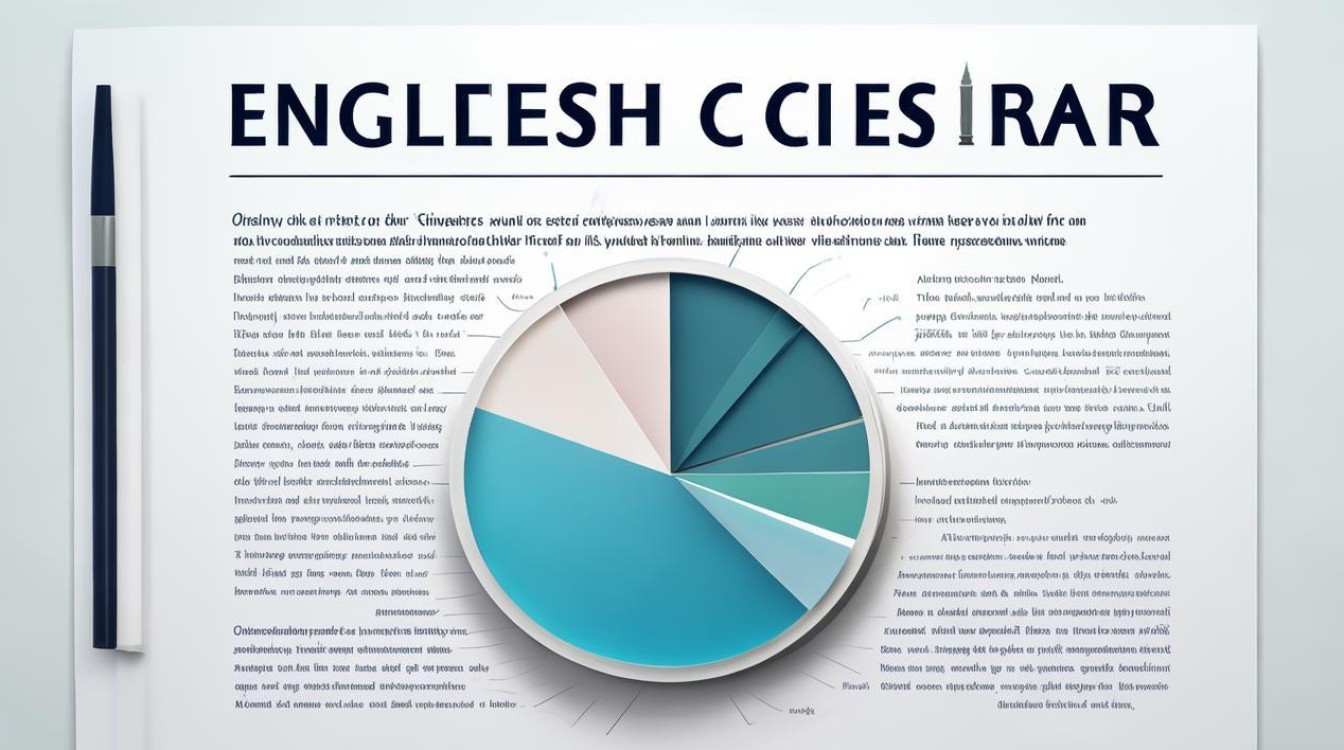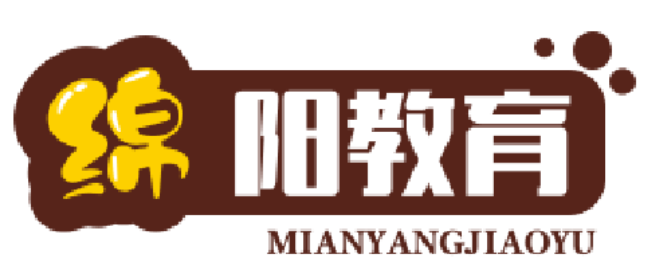Mastering Pie Chart Essays in English: Essential Training Tips
Pie chart essays are a common task in English writing exams, especially for IELTS, TOEFL, and academic assessments. These essays require students to describe and analyze data presented in pie charts, demonstrating their ability to interpret statistics and convey information clearly. For students seeking English writing training, mastering this skill is crucial. Below, we explore effective techniques, latest data examples, and strategies to excel in pie chart essays.

Understanding Pie Chart Essays
A pie chart essay typically follows a structured format:
- Introduction – Briefly introduce the chart’s topic.
- Overview – Highlight key trends without details.
- Detailed Analysis – Compare and contrast data segments.
- Conclusion (Optional) – Summarize findings if necessary.
The key challenge is transforming numerical data into coherent English sentences while maintaining accuracy and clarity.
Key Techniques for Writing Pie Chart Essays
Use Precise Vocabulary
Instead of repetitive phrases like "the chart shows," vary language with:
- "The data illustrates…"
- "The percentages indicate…"
- "A significant proportion belongs to…"
For comparisons:
- "X accounts for the largest share at __%."
- "Y constitutes the smallest segment at __%."
Focus on Proportions, Not Just Numbers
Avoid merely listing figures. Instead, describe relationships:
- Weak: "The chart shows 30% for A and 20% for B."
- Strong: "A dominates with 30%, nearly double B’s 20%."
Group Similar Data
If multiple small segments exist, cluster them logically:
- "Categories C, D, and E combined represent 25%."
Use the Correct Tense
- Present simple for current data: "The chart displays…"
- Past simple for historical data: "In 2020, sales accounted for…"
Avoid Over-Interpretation
Stick to observable trends rather than speculative causes unless explicitly asked.
Latest Data Examples for Practice
To enhance training, let’s examine real-world pie chart data. Below is a table based on 2024 global smartphone market share (source: StatCounter, May 2024):
| Brand | Market Share (%) | Key Trend |
|---|---|---|
| Apple | 28% | Slight increase from 2023 (26%) |
| Samsung | 23% | Stable compared to last year |
| Xiaomi | 12% | Decline from 14% in 2023 |
| Oppo | 9% | Minor growth |
| Others | 28% | Includes Huawei, Vivo, and others |
Sample Analysis:
"The global smartphone market remains highly competitive, with Apple leading at 28%, a 2% rise from 2023. Samsung follows closely at 23%, maintaining its position. Xiaomi, however, has seen a decline to 12%, losing ground to rivals like Oppo, which now holds 9%. The 'Others' category, comprising brands such as Huawei and Vivo, collectively accounts for 28%, indicating fragmentation in the industry."
Common Mistakes to Avoid
- Ignoring the Overview – Examiners look for a clear summary of main trends.
- Overloading with Data – Select the most significant figures rather than every percentage.
- Incorrect Comparisons – Ensure proportions are compared accurately (e.g., "twice as much" vs. "half as much").
- Poor Paragraphing – Separate the overview and detailed analysis for clarity.
Enhancing Training with Real-World Data
To further refine skills, students should practice with updated datasets. Here’s another example from Eurostat (2024) on EU energy sources:
| Energy Source | Share (%) | Change from 2020 |
|---|---|---|
| Renewables | 42% | +8% |
| Natural Gas | 22% | -3% |
| Nuclear | 18% | No change |
| Coal | 12% | -5% |
| Oil | 6% | -2% |
Key Insight:
"Renewables now dominate the EU energy mix at 42%, reflecting an 8% surge since 2020. Natural gas and coal have declined, signaling a shift toward sustainable alternatives. Nuclear remains steady at 18%, while oil usage continues to drop."
Final Thoughts
Pie chart essays test both language proficiency and analytical skills. By practicing with current data, using precise vocabulary, and structuring responses logically, students can significantly improve their performance. Incorporating real-world statistics not only enhances credibility but also prepares learners for actual exam scenarios. Regular training with updated datasets ensures readiness for any pie chart task, making it an indispensable part of English writing education.

